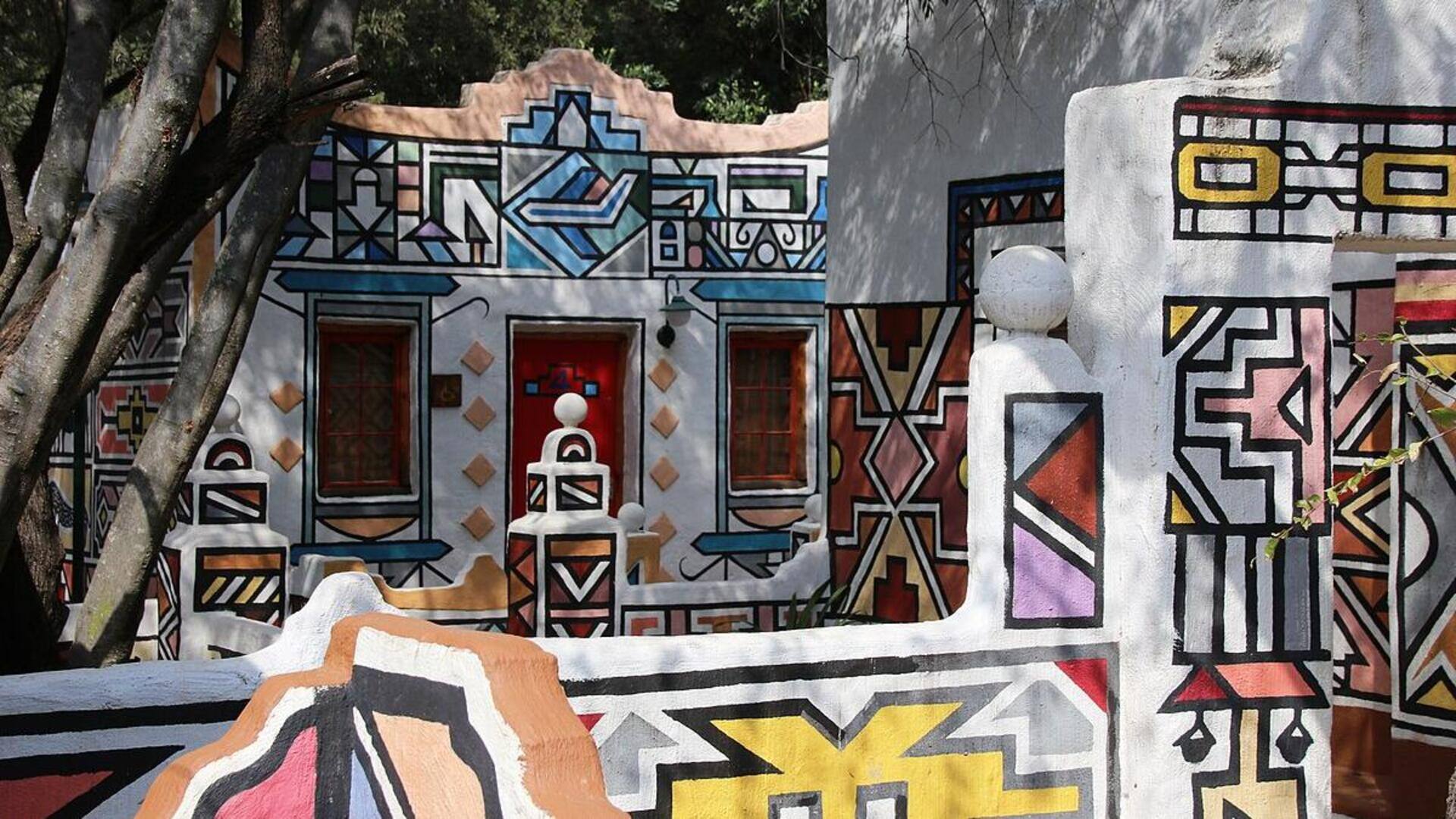
All about Mbari art
What's the story
Mbari is a traditional art form from Nigeria's Igbo culture, famous for its intricate sculptures and vibrant murals. The practice is a community effort, where artists create works to honor deities and celebrate life events. Mbari is not just an artistic expression, but also a cultural ritual that preserves history and traditions. Its unique blend of creativity and spirituality makes it an important part of Nigeria's cultural heritage.
#1
Origins and significance of Mbari
The origins of Mbari date back centuries, deeply rooted in the traditions of the Igbo people. Traditionally, Mbari houses are constructed in response to calamities or misfortunes, as a way to appease the gods. These structures are filled with carvings and paintings depicting various deities, ancestors, and significant events. This practice not only serves as a spiritual offering but also as a historical record for future generations.
#2
Artistic techniques involved in Mbari
Mbari artists employ a range of techniques to create their works. Carving is done using simple tools to create detailed figures on wood or clay surfaces. Bright pigments are used in murals to bring scenes to life with color and emotion. The collaborative nature of Mbari means that multiple artists contribute their skills, resulting in a rich tapestry of artistic expression.
#3
Cultural rituals associated with Mbari
The creation of an Mbari is accompanied by several rituals that emphasize its cultural importance. Community members come together for ceremonies that may include prayers, offerings, and performances. These rituals ensure that the artwork is imbued with spiritual significance, making it more than just a visual representation but an integral part of community life.
#4
Preservation efforts for Mbari art form
In recent years, there have been efforts to preserve this unique art form amid modern influences. Some initiatives focus on documenting existing works, while others aim at educating younger generations about its cultural value. By highlighting Mbari's historical importance through exhibitions or workshops, these efforts help keep this traditional practice alive for future generations to appreciate its beauty and significance.